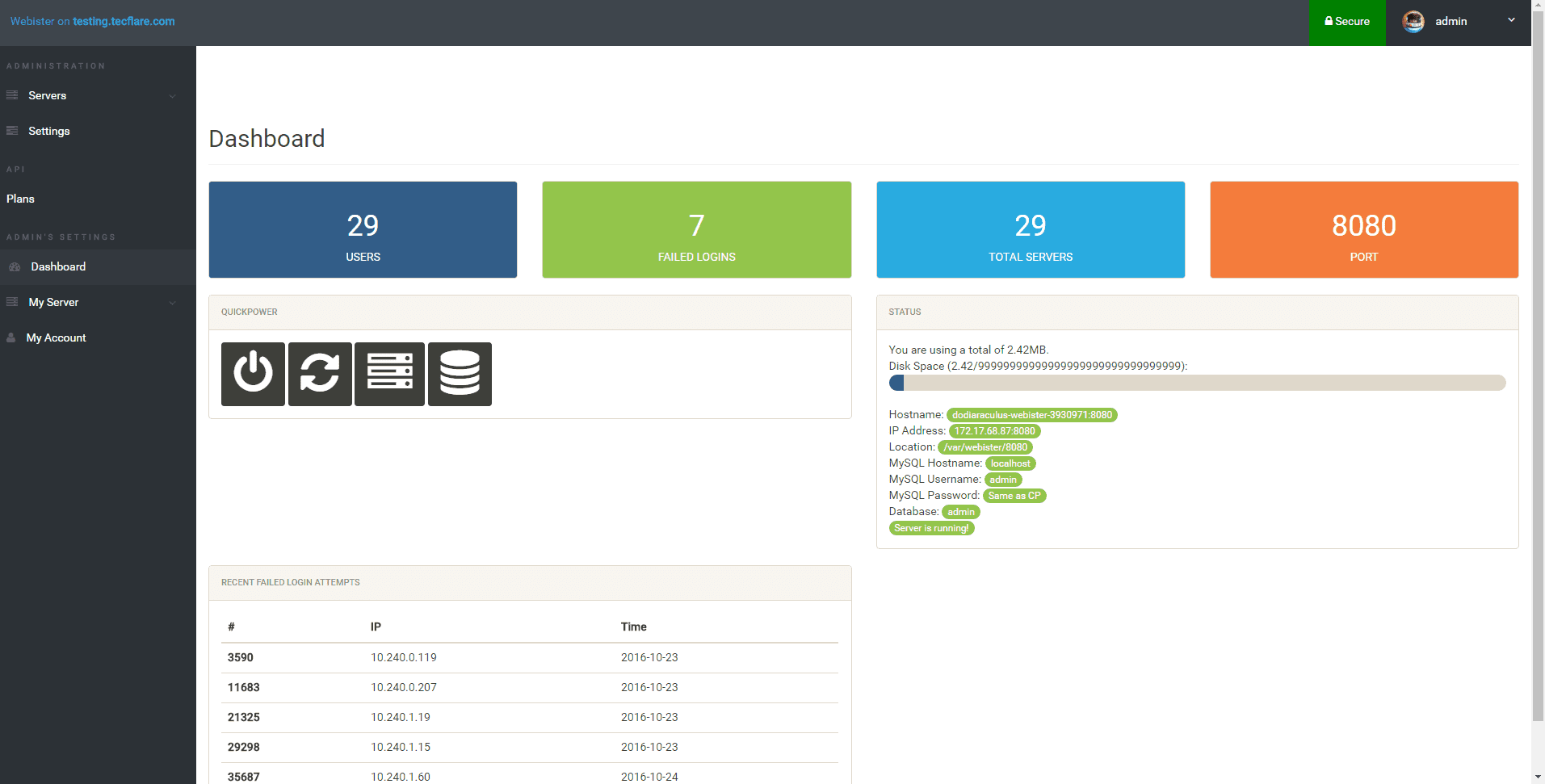Managing a Linux server can be a daunting task, especially for those who are not well-versed in command-line interfaces and complex configurations. Fortunately, there are user-friendly control panels designed to simplify server management without compromising functionality. One such powerful tool is aaPanel, an open-source teratai888 that offers a streamlined and intuitive interface for managing Linux servers. In this blog, we’ll explore the features and benefits of aaPanel, as well as provide a step-by-step guide to help you get started with this user-friendly server management solution.
What is aaPanel?
aaPanel is a web-based control panel designed to simplify the process of managing Linux servers. It provides a graphical interface that allows users to perform various server-related tasks without the need for extensive command-line knowledge. Whether you are a beginner or an experienced system administrator, aaPanel aims to make server management more accessible and efficient.
Key Features of aaPanel:
- User-Friendly Interface:
- aaPanel offers a clean and intuitive interface that makes server management tasks accessible to users of all skill levels.
- The dashboard provides a quick overview of server statistics, making it easy to monitor performance and resource utilization.
- One-Click Installation:
- aaPanel simplifies the installation process for web servers, databases, and other essential software with one-click installations.
- Popular web servers like Nginx and Apache, along with databases like MySQL and PostgreSQL, can be installed effortlessly.
- Security Features:
- The control panel includes built-in security features, such as a firewall and SSL certificate management, to help secure your server and websites.
- Security settings and configurations are presented in an easy-to-understand manner, allowing users to enhance server security without complex setups.
- Domain and DNS Management:
- aaPanel streamlines domain and DNS management, making it easy to add, modify, or remove domains.
- Users can set up SSL certificates for their domains with just a few clicks, enhancing website security.
- Database Management:
- Easily manage databases using aaPanel, including creating, modifying, and deleting databases and database users.
- Supports popular database management systems like MySQL and PostgreSQL.
Getting Started with aaPanel:
Now, let’s walk through the process of setting up aaPanel on your Linux server:
Step 1: Server Requirements:
- Ensure that your server meets the system requirements for aaPanel, including a compatible operating system and sufficient resources.
Step 2: Installation:
- Download and install aaPanel using the provided installation script. The process is straightforward and can be completed with just a few commands.
Step 3: Accessing the Control Panel:
- Once the installation is complete, access the aaPanel control panel through your web browser by entering the server’s IP address.
Step 4: Initial Configuration:
- Follow the on-screen instructions to set up your administrator account and configure basic settings.
Step 5: Server Management:
- Explore the control panel to manage various aspects of your server, including web servers, databases, domains, and security settings.
Conclusion:
aaPanel is a powerful yet user-friendly solution for simplifying Linux server management. Its intuitive interface, one-click installations, and security features make it an ideal choice for both beginners and experienced system administrators. By following the steps outlined in this guide, you can quickly set up aaPanel and leverage its capabilities to efficiently manage and maintain your Linux server.
